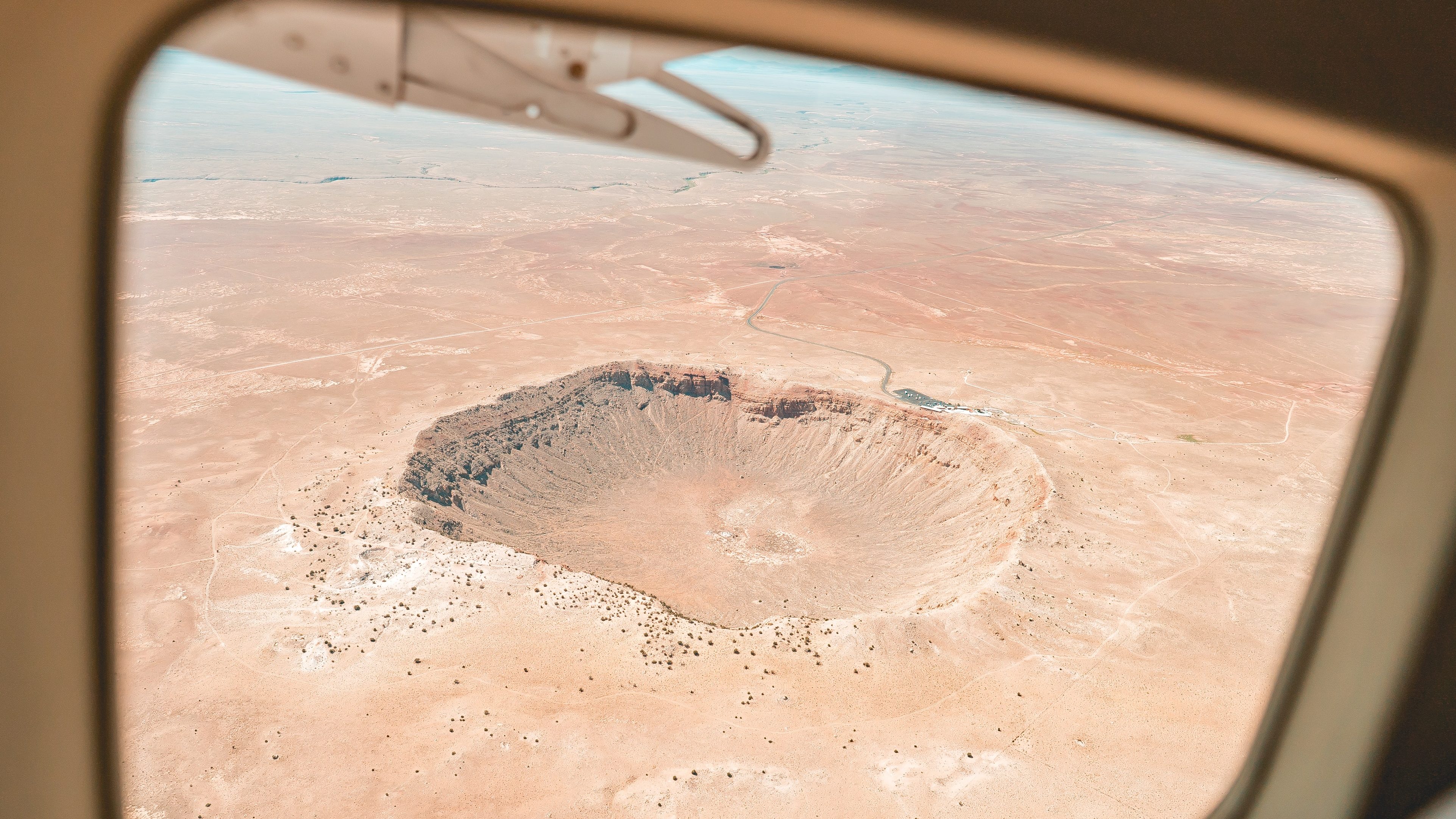Space Blast
New research suggests that a large space rock exploded over Antarctica thousands of years ago, leaving a scattering of tiny meteoric particles and a layer of extraterrestrial dust. Evidence of this so-called “alien dust” has been found in Antarctic ice cores, and scientific findings about its existence were presented at a major science conference in Texas. It has been suggested that such an explosion is comparable to the Tungusta space blast, which flattened a large area of the Siberian forest in 1908. An air burst means that the meteor or space rock doesn’t reach the Earth’s surface but instead explodes in the atmosphere. “The research is based on a study of extraterrestrial debris found in granite from Miller Butte, in the Transantarctic Mountains, and a layer of cosmic dust represented in two Antarctic ice cores. The debris from the mountains includes micrometeorites and tiny particles called spherules. The study’s authors think these spherules could be material eroded from a stony meteorite as it was heated up on its way through our atmosphere.”




